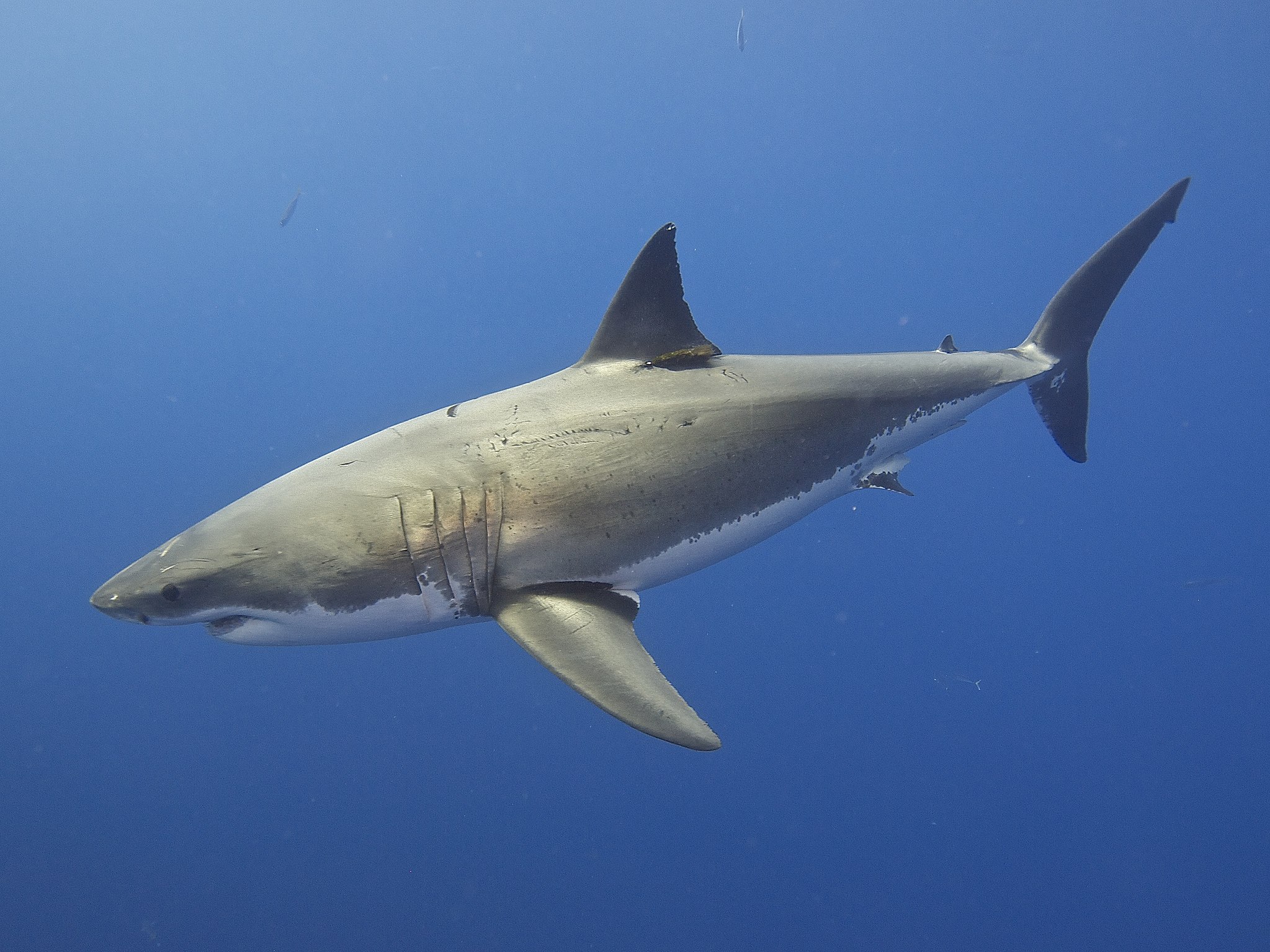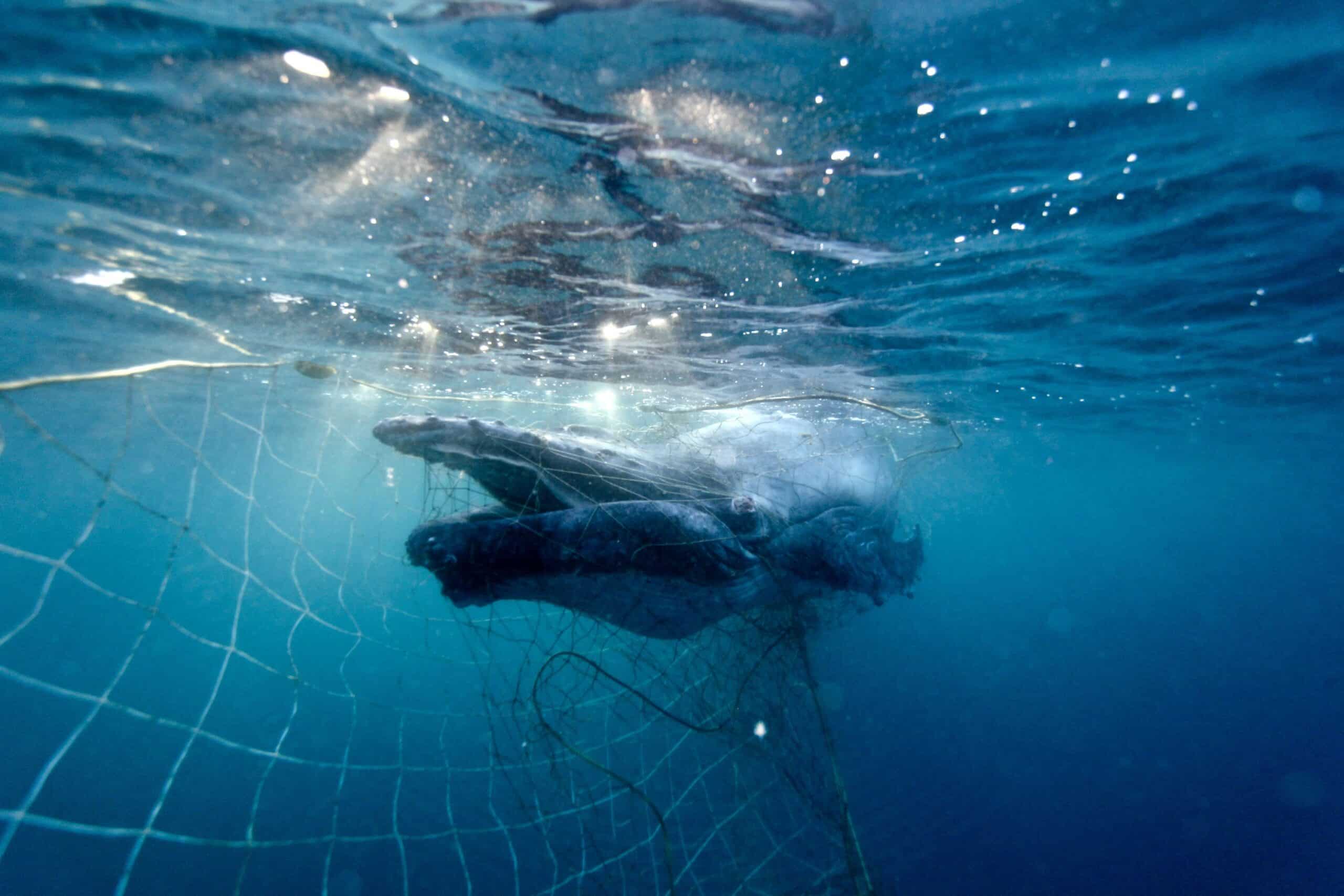Research shows that Australia’s great white sharks are highly related to each other and may consist of fewer than 500 breeding animals. SYDNEY, 24 June 2025: Latest research has found Australia’s great white shark population is much smaller than expected, increasing their vulnerability to further population threats. The population...
A staggering 579,000 poisoned baits were dropped aerially across multiple NSW national parks and nature reserves during 2020 and 2021, according to the NSW National Parks and Wildlife Service. The baits, laced with the poison Sodium Fluoroacetate (1080), were aerially dropped following the Black Summer bushfires with the intention of controlling populations of wild dogs, defined as ‘free-living’ domestic dogs, dingoes or hybrids, to assist native species recovery. However, conservationists say that the baits could actually have the opposite effect and put native species at risk.
Poison baits indiscriminately kill wildlife. They not only kill Australia’s native dingo (which under NSW law is defined as a wild dog) but they also pose a significant threat to other native species such as quolls, kookaburras, goannas and lizards. Post-bushfire, when food is scarce, the chances of a non-target species consuming poison bait is likely higher than usual. As the baits are dropped aerially, there is also no way to bury them or hide them from non-target species. Recent research suggests that up to 99% of poison baits are taken by non-target species1.
Dingoes play a key role in maintaining the health and function of the Australian ecosystems they inhabit. Dingoes can also help to reduce the density or change the behaviour of non-native predators such as foxes and cats, aiding the survival of small ground-dwelling native species. Dingoes are keystone species that are vital in regulating their ecosystems and supporting normal ecological function.
Aerial baiting over such a large extent and high volume could potentially have serious impacts on recovering populations of native species, says conservation organisation Humane Society International. With close monitoring of the baits and their immediate impacts impossible due to the scale of the operation, it could take generations to determine their conservation impact, or the damage done.
Louise Boronyak, wildlife campaigner for Humane Society International, said, “Aerial baiting inherently lacks the ability to control and monitor what species are picking up the baits and what the real impacts on native wildlife are. It’s frightening to see the scale at which poison baits were dropped after the 2020 bushfires when native species populations were in such a precarious situation. It should never have been done when there are so many unknowns, it is ecologically reckless.”
Humane Society International is calling for an end to the aerial distribution of cruel 1080 poison baits not only in national parks and nature reserves but across the entire country. That it continues to take place at such scale is a significant animal welfare issue, and poses a considerable risk to the stability of Australian ecosystems.
References
[1] Kreplins et al. 2018 Fate of dried meat baits aimed at wild dog (Canis familiaris) control


